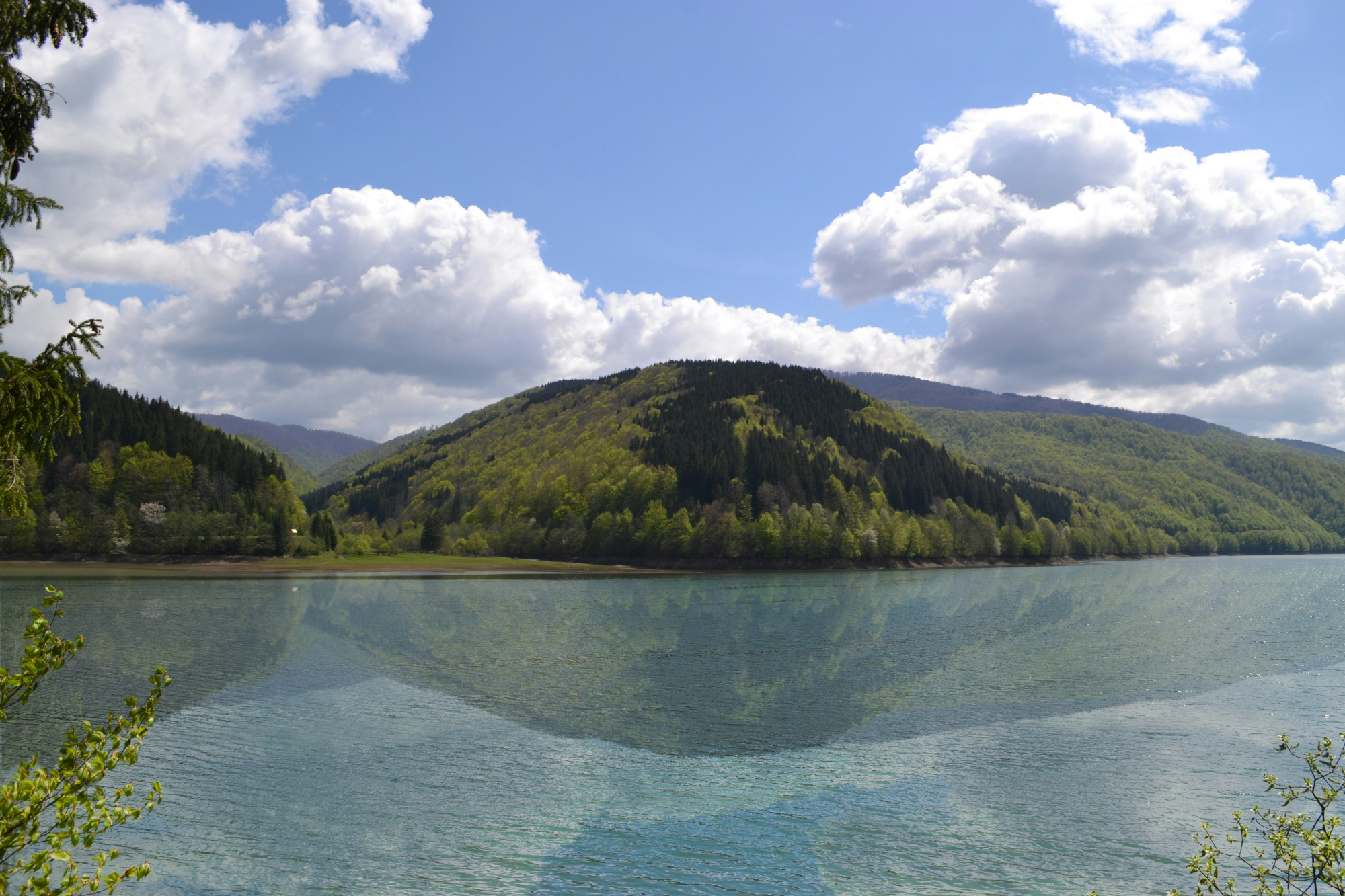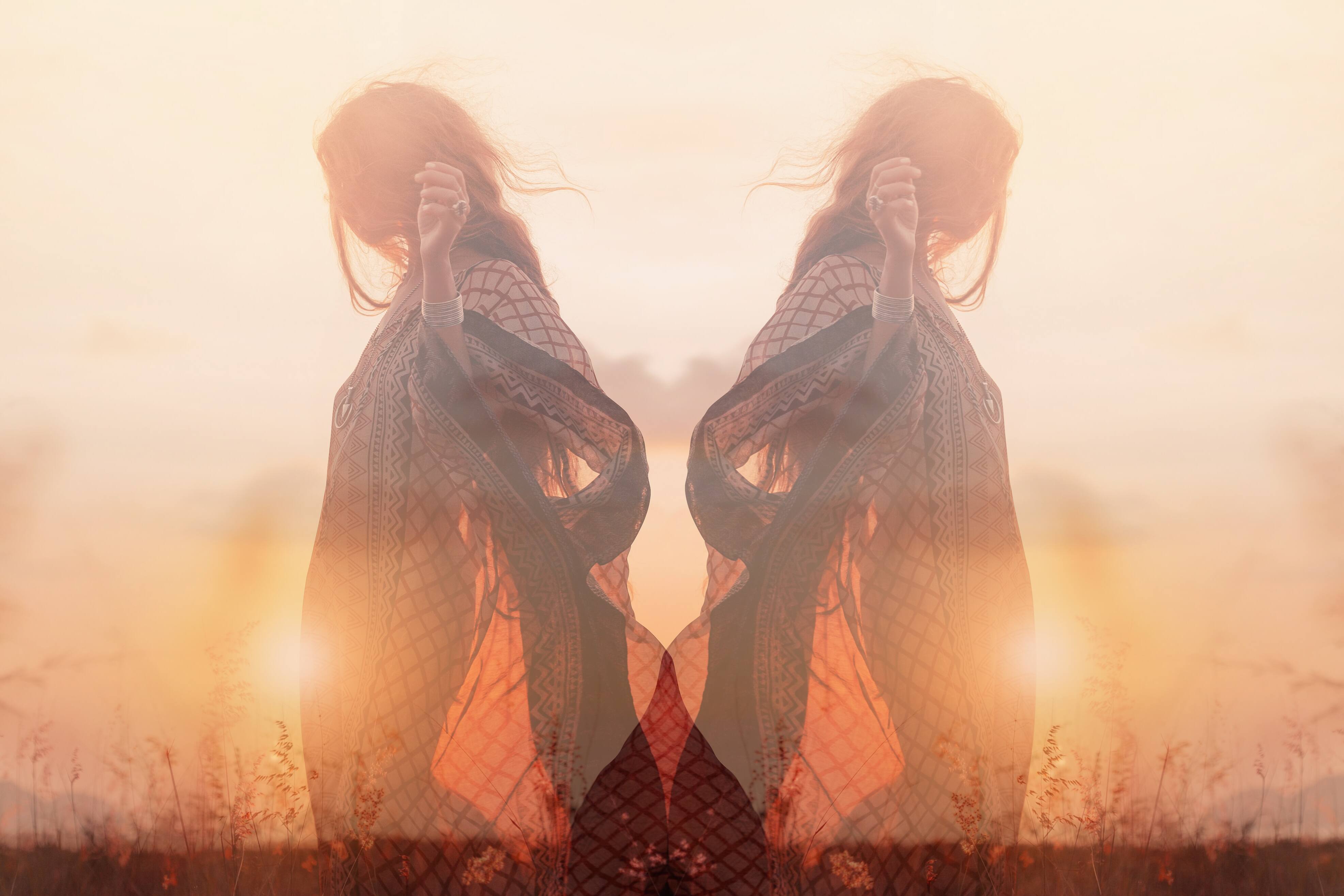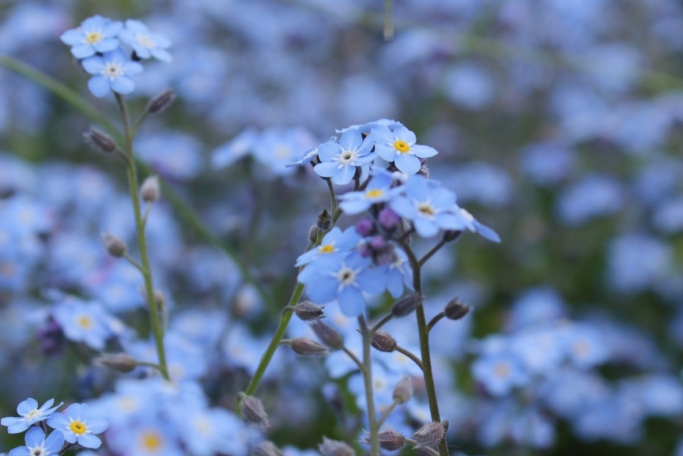
Mirror Images Effectively in Your Photos
See your photos from a new perspective. Literally. Easily reflect an image to add symmetry, refine composition, and bring your creative vision to life
Try it nowHow to Utilize the Photo Mirror Feature?
You’ll find the Flip Horizontal and Flip Vertical features in Luminar Neo. With their help, you can easily flip your image.
To create a mirrored image, you’ll have to use the Layers feature to duplicate your original Layer and flip one of the layers. Then simply combine them on one canvas and align as you want to create a mirror effect image.
To create a mirrored image, you’ll have to use the Layers feature to duplicate your original Layer and flip one of the layers. Then simply combine them on one canvas and align as you want to create a mirror effect image.
.png)

Discover the Benefits of Choosing our Image Mirror Flip Feature
Flipping an image in Luminar Neo will take you seconds. And creating a mirror image is very flexible.
You can adjust the position of your image in Layers however you want! Experiment to achieve the best results.
You can adjust the position of your image in Layers however you want! Experiment to achieve the best results.
Taking Graphics to the Next Level with a Mirror Image Photo Editor
Want to create a double exposure effect? Kaleidoscopic and abstract art? Fun geometric shapes? Experiment with the orientation of the mirror axis, the level of symmetry and the selection of specific image elements to mirror.
In Luminar Neo, it’s easy to explore these possibilities and create visually stunning mirror photo effects.
In Luminar Neo, it’s easy to explore these possibilities and create visually stunning mirror photo effects.

Creating Beauty in Reflections: a Mirror Effect
It’s super easy to use the features in Luminar Neo to flip your images. Find Crop AI and Rotate & Flip. The second and third icons are your mirror effect:
• Flip Horizontal: Reverse the left and right sides of the image, creating a mirror image.
• Flip Vertical: Reverse the top and bottom sides of the photo.Head to Layers to duplicate your image and combine both of the variants in one!
• Flip Horizontal: Reverse the left and right sides of the image, creating a mirror image.
• Flip Vertical: Reverse the top and bottom sides of the photo.Head to Layers to duplicate your image and combine both of the variants in one!
Explore Other Features
Luminar Neo has plenty of other features to help you edit faster and easier
Straighten Images
Achieve perfect composition and rectify any lens using photo straightener
Amplify Photo Enlarger
Give your images the perfect size with ease; resize your photos in seconds using Luminar Neo!
Blend Two Images
Elevate your photography to new heights by seamlessly blending two images
4K Image Upscale
Experience up to 4x better resolution on panoramas, wildlife zoom-ins, macro shots, and old photos.
An application & plugin
For macOS & Windows
- High-performance AI editor
24/7 technical support
30-day money back guarantee
Join community of Luminar Insiders
Frequently Asked Questions
How to mirror an image with Luminar Neo?
Find Crop AI, and then Rotate & Flip. Then click either the Flip Horizontal or the Flip Vertical icon. If you want to add the mirrored image to your original image to create a mirrored effect, simply head to Layers. Duplicate your Layer, flip just one of the images, and combine them on one photo however you like.
Can I mirror just a specific part of my photo instead of the entire image?
Of course! The Layers feature in Luminar Neo makes it very easy to manipulate the position of your image however you like.
What's the difference between flipping and mirroring an image?
Flipping and mirroring are both processes used to change the orientation or direction of an image, but they have different effects on the image's appearance. Flipping an image involves reversing it along a horizontal or vertical axis, essentially turning it over.
Mirroring an image is essentially a specific type of flip where the image is reflected along a central axis, creating a mirror image of the original.
Mirroring an image is essentially a specific type of flip where the image is reflected along a central axis, creating a mirror image of the original.
Does mirroring an image affect its quality or resolution?
Mirroring an image typically does not affect its quality or resolution. When you mirror an image, you are essentially reversing it along a central axis, either horizontally or vertically. This transformation does not change the pixel count, size or resolution of the image. The original image and the mirrored version will have the same dimensions and the same number of pixels.









.png)





